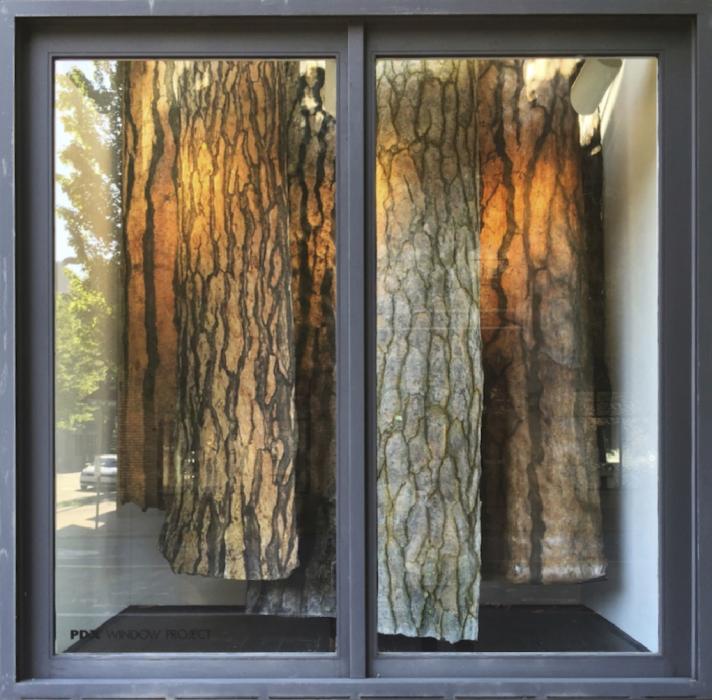I take refuge from the city in the Cascades, in the first valley to the east where the force of wet westerly weather patterns are tempered by ranges that shelter a drier landscape. One of its most defining features is the presence of the magnificent ponderosa pine whose iconic trunks—patterned with broad rust-colored plates and deep black crevices—are like signposts blazoning to an eastbound traveler, ‘you are somewhere different now.’
Enroute to the retreat I have become tuned to these conifers: I catch my first glimpses crossing the threshold of their domain and anticipate my arrival as their density increases. Over time, I started to notice that the tops of some of the outliers were turning golden orange, and ultimately within a season or two the needles of the entire tree followed their lead. Later, neighboring ponderosas were similarly affected and I realized these first signposts were mostly all dead or dying. As with many other pine species in North America, Pinus ponderosa is under the attack of an invasive’s expanding habitat.
Like a natural history museum curator, conservator, and taxidermist in one, I was thus inspired to collect and preserve what captivated me about this tree. I sought them out in their environ, captured them in their glory, peeled their likeness from the landscape and brought them into my studio. There I studied their skin, drawing with a knife I cut into their crevices liberating their bark plates like continents adrift—separating, spreading, expanding. With the puzzle pieces reassembled the surface tension and texture were reinvigorated and the ponderosa’s mysterious complexion was materialized through layers of intervention and medium.
Here these decontextualized portraits hang like pelts at a trading company, preserving the memory of the life they lived, now repurposed signposts with a different message for all of us who might not see the forest for the trees.
